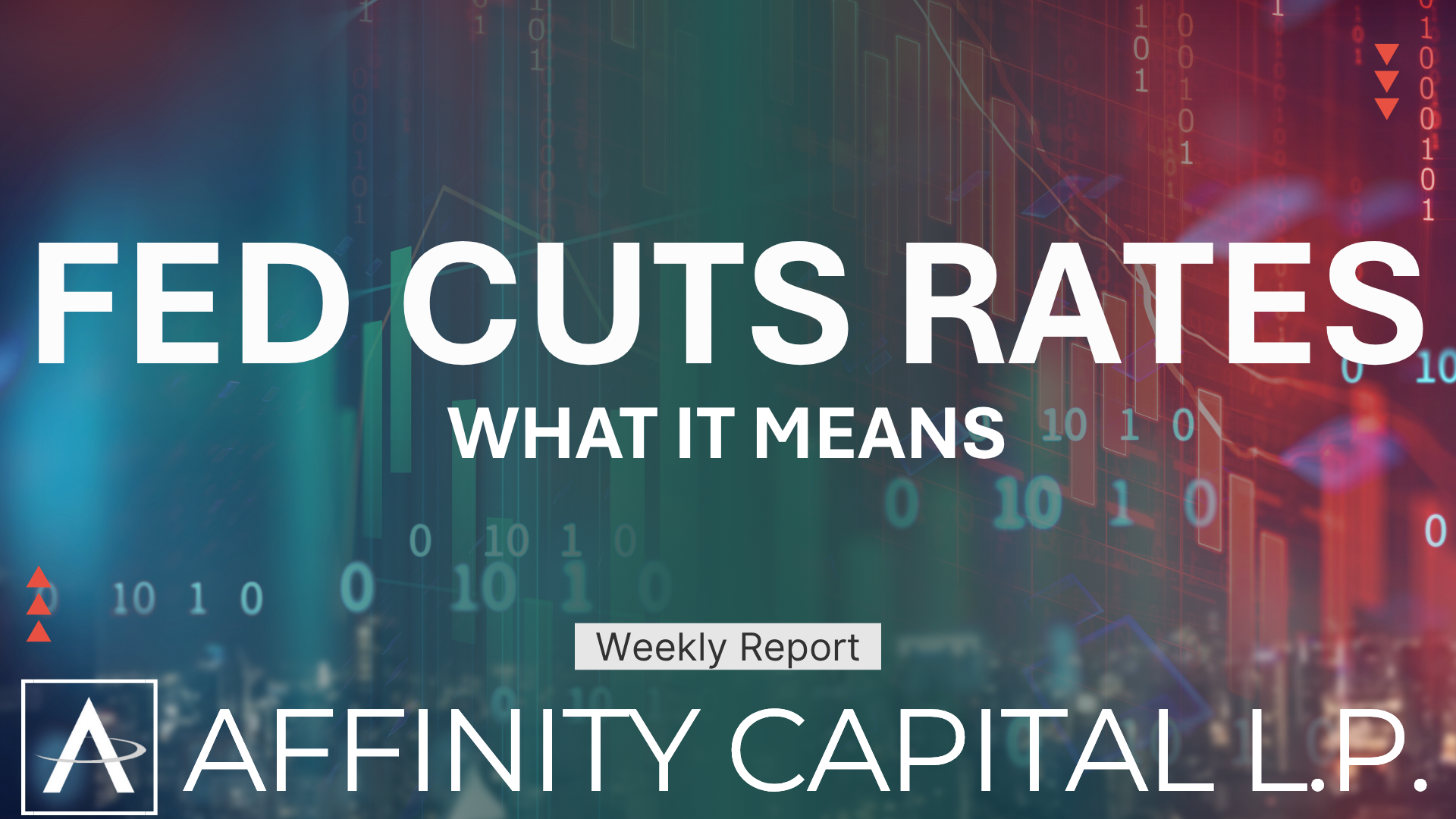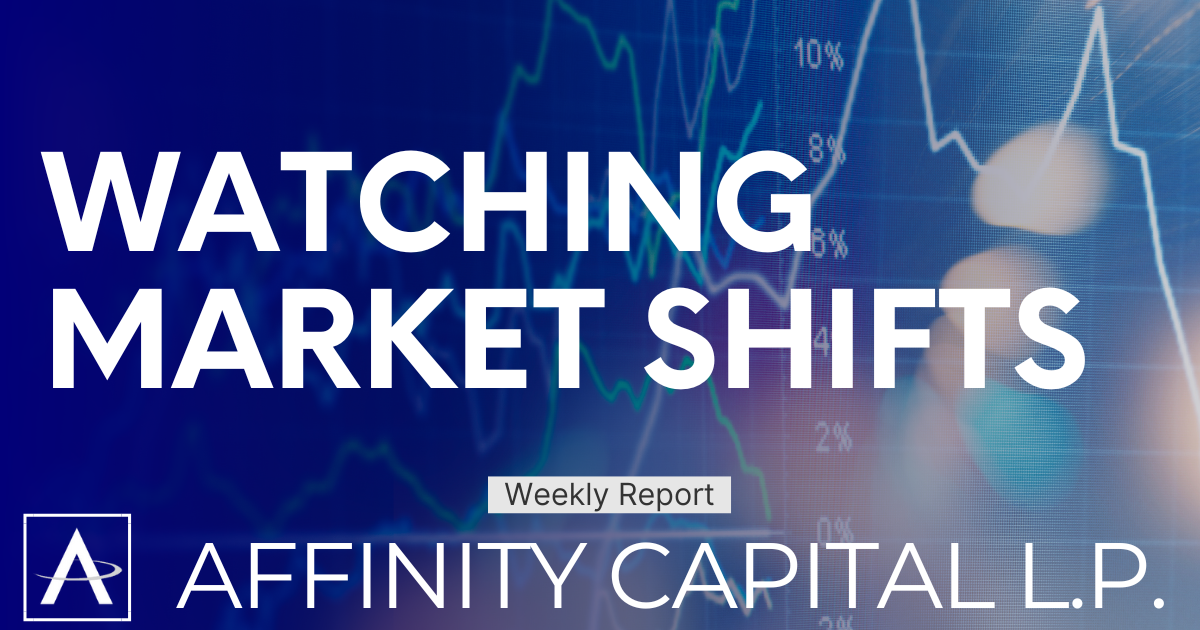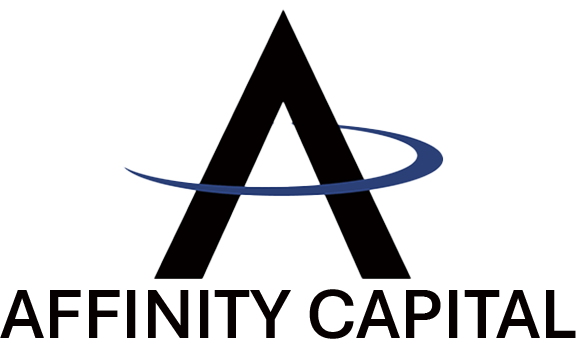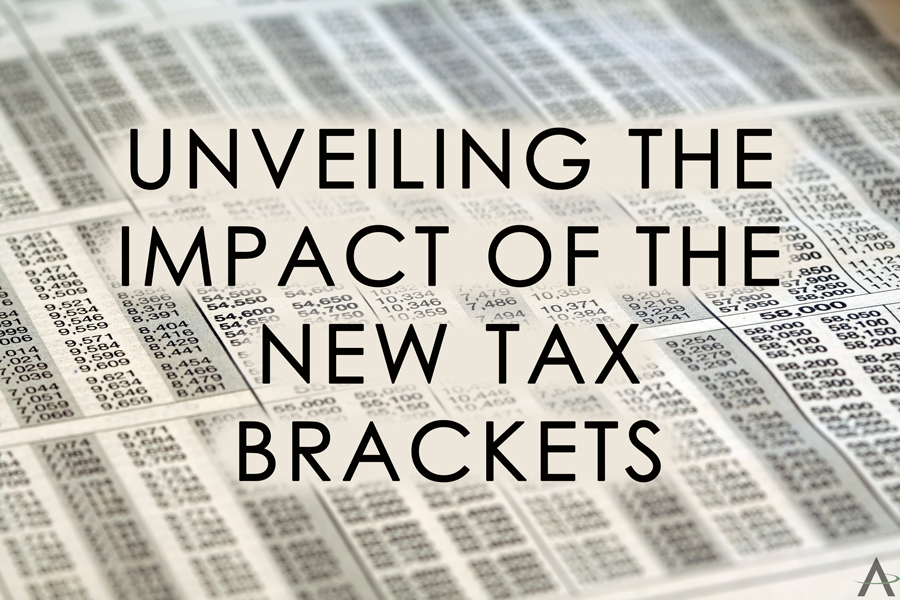|
Insights: Clarity on markets. Guidance for decisions.
|
Our Market Report
We keep you informed with insights on what’s happening in the markets — and how it may impact your plan. It’s not about headlines. It’s about perspective.



Subscribe to our Market Report
We will get back to you as soon as possible.
Please try again later.
Our Blog
Our blog is where we break down the questions people are actually asking — from starting your first investment plan to thinking through legacy decisions. No jargon, no pressure. Just thoughtful guidance you can actually use.
Five Practical Steps to Creating a Financial Plan
Read moreA Comprehensive Guide to Retire with Confidence
Read moreCrypto ATM Scams: The Latest Twist in Financial Fraud
Read moreProtecting Your Accounts from “Game Over” Cyberattacks
Read moreWhat steps should I take to prepare for retirement as a beginning investor?
Read more401(k)s and Alternative Investments – Opportunity and Caution
Read moreProtecting Your Loved Ones: A Critical Alert on Medicare Scams | Affinity Capital
Read more5 Reasons You Shouldn’t Touch Your 401(k) When the Stock Market Plunges | Affinity Capital
Read moreStay Alert: Protect Yourself from Holiday Phishing and Scams | Affinity Capital
Read moreThe Affinity Capital Edge: Tailored Wealth Management for High-Net-Worth Clients | Affinity Capital
Read moreCEO Retirement: A New Game Plan | Affinity Capital
Read moreNavigating the Student Debt Relief Landscape: An Investor's Perspective | Affinity Capital
Read moreSeize the Sunset: Navigating the Looming Shifts in Estate Planning for High Net Worth Families | Affinity Capital
Read moreThe Gift That Keeps on Giving: Why You Should Open a Child Roth IRA Today | Affinity Capital
Read moreUnlocking Educational Opportunities: The Benefits of a 529 Account | Affinity Capital
Read moreCurrent Contribution Limits for Retirement Accounts and Health Savings Accounts | Affinity Capital
Read moreUnlocking the Power of Giving: Qualified Charitable Distributions (QCDs) and Required Minimum Distributions (RMDs) | Affinity Capital
Read moreNavigating the Shifting Landscape of Taxes: Unveiling the Impact of the New Tax Brackets | Affinity Capital
Read moreResuming Payments on Student Loans: A Strategic Financial Approach | Affinity Capital
Read moreSocial Security: The Long Game - How Waiting Until 72 Can Pay Off | Affinity Capital
Read moreHow Habits Can Impact Your Finances | Affinity Capital
Read moreSeven Tips to Keep You Financially Accountable | Affinity Capital
Read moreWe Remember | Affinity Capital
Read moreRetirement Calculator: Are you on track to reach your goals? | Affinity Capital
Read moreMaking the Most of Your Tax Return | Affinity Capital
Read moreThe Pros and Cons of Investing in a 529 Plan for College | Affinity Capital
Read moreHow do I Save for a Goal? | Affinity Capital
Read moreFinancial Management for Couples: When a Spender and a Saver Fall in Love | Affinity Capital
Read moreFinance Lessons for Your Teen | Affinity Capital
Read moreHow to Live to Be 103 And Not Regret It | Affinity Capital
Read moreOur Market Report
We keep you informed with insights on what’s happening in the markets — and how it may impact your plan. It’s not about headlines. It’s about perspective.



Subscribe to our Market Report
We will get back to you as soon as possible.
Please try again later.
Our Blog
Our blog is where we break down the questions people are actually asking — from starting your first investment plan to thinking through legacy decisions. No jargon, no pressure. Just thoughtful guidance you can actually use.
Five Practical Steps to Creating a Financial Plan
Read moreA Comprehensive Guide to Retire with Confidence
Read moreCrypto ATM Scams: The Latest Twist in Financial Fraud
Read moreProtecting Your Accounts from “Game Over” Cyberattacks
Read moreWhat steps should I take to prepare for retirement as a beginning investor?
Read more401(k)s and Alternative Investments – Opportunity and Caution
Read moreProtecting Your Loved Ones: A Critical Alert on Medicare Scams | Affinity Capital
Read more5 Reasons You Shouldn’t Touch Your 401(k) When the Stock Market Plunges | Affinity Capital
Read moreStay Alert: Protect Yourself from Holiday Phishing and Scams | Affinity Capital
Read moreThe Affinity Capital Edge: Tailored Wealth Management for High-Net-Worth Clients | Affinity Capital
Read moreCEO Retirement: A New Game Plan | Affinity Capital
Read moreNavigating the Student Debt Relief Landscape: An Investor's Perspective | Affinity Capital
Read moreSeize the Sunset: Navigating the Looming Shifts in Estate Planning for High Net Worth Families | Affinity Capital
Read moreThe Gift That Keeps on Giving: Why You Should Open a Child Roth IRA Today | Affinity Capital
Read moreUnlocking Educational Opportunities: The Benefits of a 529 Account | Affinity Capital
Read moreCurrent Contribution Limits for Retirement Accounts and Health Savings Accounts | Affinity Capital
Read moreUnlocking the Power of Giving: Qualified Charitable Distributions (QCDs) and Required Minimum Distributions (RMDs) | Affinity Capital
Read moreNavigating the Shifting Landscape of Taxes: Unveiling the Impact of the New Tax Brackets | Affinity Capital
Read moreResuming Payments on Student Loans: A Strategic Financial Approach | Affinity Capital
Read moreSocial Security: The Long Game - How Waiting Until 72 Can Pay Off | Affinity Capital
Read moreHow Habits Can Impact Your Finances | Affinity Capital
Read moreSeven Tips to Keep You Financially Accountable | Affinity Capital
Read moreWe Remember | Affinity Capital
Read moreRetirement Calculator: Are you on track to reach your goals? | Affinity Capital
Read moreMaking the Most of Your Tax Return | Affinity Capital
Read moreThe Pros and Cons of Investing in a 529 Plan for College | Affinity Capital
Read moreHow do I Save for a Goal? | Affinity Capital
Read moreFinancial Management for Couples: When a Spender and a Saver Fall in Love | Affinity Capital
Read moreFinance Lessons for Your Teen | Affinity Capital
Read moreHow to Live to Be 103 And Not Regret It | Affinity Capital
Read moreOur Market Report
We keep you informed with insights on what’s happening in the markets — and how it may impact your plan. It’s not about headlines. It’s about perspective.



Subscribe to our Market Report
We will get back to you as soon as possible.
Please try again later.
Our Blog
Our blog is where we break down the questions people are actually asking — from starting your first investment plan to thinking through legacy decisions. No jargon, no pressure. Just thoughtful guidance you can actually use.
-
Five Practical Steps to Creating a Financial Plan
Learning how to create a financial plan does not need to feel complicated. With the right structure, you can organize your money, set meaningful goals, and build long-term confidence in your...Read more -
A Comprehensive Guide to Retire with Confidence
Retirement isn’t a finish line; it’s a cash-flow strategy that must work in real life. Markets move, tax rules evolve, and spending patterns shift as you move from the active years to the slower...Read more -
Crypto ATM Scams: The Latest Twist in Financial Fraud
The headlines are filled with stories of people losing their savings through a new kind of scam: one that looks surprisingly ordinary - the crypto ATM.These machines, often tucked into gas stations...Read more -
Protecting Your Accounts from “Game Over” Cyberattacks
Headlines are calling it the “Game Over” cyberattack—a dramatic phrase that unfortunately matches the seriousness of the threat. These attacks are designed to trick even the most cautious person...Read more
























